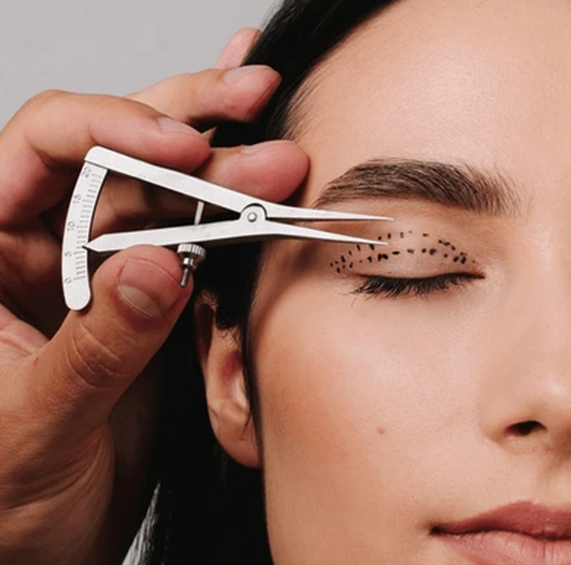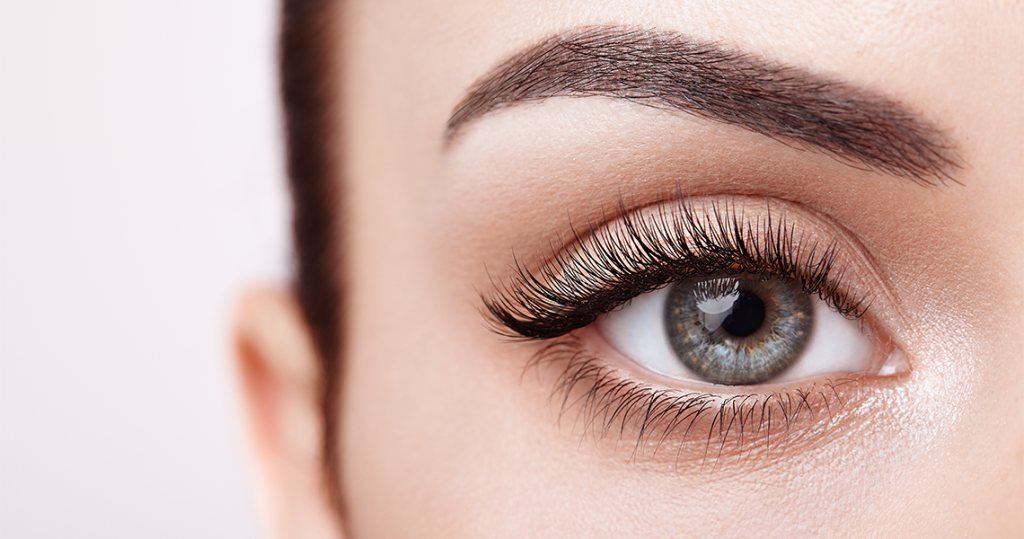Blepharoplasty
Eyelid Surgery

What is Blepharoplasty?
Blepharoplasty, commonly known as eyelid surgery or an eyelid lift, is a surgical procedure aimed at improving the appearance of the eyelids. This surgery can target the upper eyelid, the lower eyelid, or both. During the procedure, excess skin, muscle, and sometimes fat are removed to create a more rejuvenated look. Individuals often opt for blepharoplasty surgery to correct sagging eyelids, which can impact both their vision and overall aesthetic.
Types of Blepharoplasty Surgeries
Upper Eyelid Blepharoplasty
This procedure focuses on the upper eyelid, tackling drooping skin and sagging to improve both vision and appearance.
Lower Eyelid Blepharoplasty
This procedure targets the lower eyelid to reduce bags and puffiness to create a smoother under-eye area.
Double Blepharoplasty
Doing both the upper and lower lids in one single surgery.
Who is a good candidate for Blepharoplasty?
- Candidates for blepharoplasty surgery are typically adults who:
- Experience sagging upper eyelids or under-eye bags affecting their vision or appearance.
- Have realistic expectations about eyelid surgery results.
- Are non-smokers or willing to stop smoking before and after the eyelid lift.
- Do not have serious eye conditions or health issues affecting the blepharoplasty recovery process.
- Have skin density and thickness suitable for optimal surgical outcomes and recovery.
Benefits of Blepharoplasty
- Aesthetic Improvement: It enhances the appearance of drooping eyelids and reduces puffiness, contributing to a more rejuvenated look. The surgery effectively minimizes the appearance of fatigue and aging around the eyes.
- Function Improvement: For some, upper eyelid blepharoplasty can correct drooping skin obstructing peripheral vision, expanding their field of sight.
- Long-lasting results: The improvements are often considered to be for a lifetime.
- Confidence Boost: Patients report feeling more self-assured following blepharoplasty surgery.
Blepharoplasty: What to expect?
During blepharoplasty, patients can expect a meticulously performed procedure designed to rejuvenate the eye area. After anesthesia, which can be local with sedation or general, precise incisions will be made along the natural creases of the upper eyelids and just below the lash line for the lower eyelids. For younger patients who only need fat removed, the incision can be placed inside the eyelid, a technique called transconjunctival blepharoplasty.
Dr. Ahmad Kamal will then carefully remove or reposition excess skin, fat, and sometimes muscle, which can include the orbicularis oculi muscle, to address sagging or puffiness. This needs careful management of muscle tissue, along with skin and fat.
Finally, incisions are meticulously closed with sutures or surgical tape, with their strategic placement within the natural folds of the eyelids, such as the upper eyelid crease or directly under the lower lash line, ensuring that scars are well-hidden and become virtually imperceptible as they heal.
Upper eyelid surgery typically takes about 1 hour, while lower eyelid surgery may take 30-90 minutes. If both upper and lower eyelids are treated together, the procedure may require sedation or general anesthesia, with an overnight stay often recommended.
Blepharoplasty Surgery Recovery Timeline
Most people can resume their regular activities within 7-10 days, though complete recovery from eyelid lift surgery may take several weeks.
Swelling and bruising: It’s normal to experience swelling and bruising around the eyes, which gradually subsides within 2-4 weeks.
Blepharoplasty Aftercare
- Cold Compresses: Use ice packs on the treated area. This can help bring down swelling and ease any minor discomfort you might feel in the first few days after your surgery.
- Eye Protection: It's really important to protect the delicate skin around your eyes. Make sure to wear sunglasses when you're outside and apply sunscreen around your eyes. This will shield the healing skin from damaging UV rays.
- Medication: We'll prescribe pain relievers and antibiotics. These will help manage any discomfort and significantly reduce your risk of infection, contributing to a smoother recovery.
When will I see the
final results of my
Blepharoplasty?
You’ll start seeing the initial improvements from blepharoplasty within a few weeks as the swelling goes down. However, the full results with scars becoming less noticeable and your eyelid lift fully defined can take 3 to 6 months to emerge.

Risks of Blepharoplasty
- While generally a safe procedure, blepharoplasty does come with some potential risks. These include:
- Scarring or irritation
- Difficulty fully closing your eyes after the surgery
